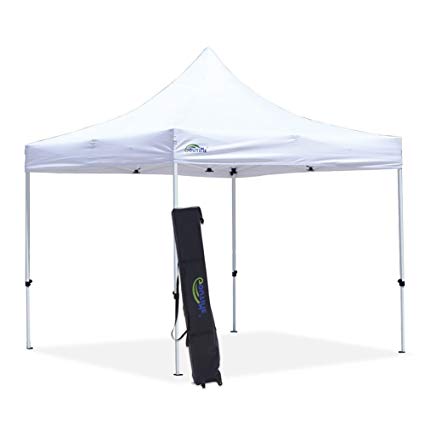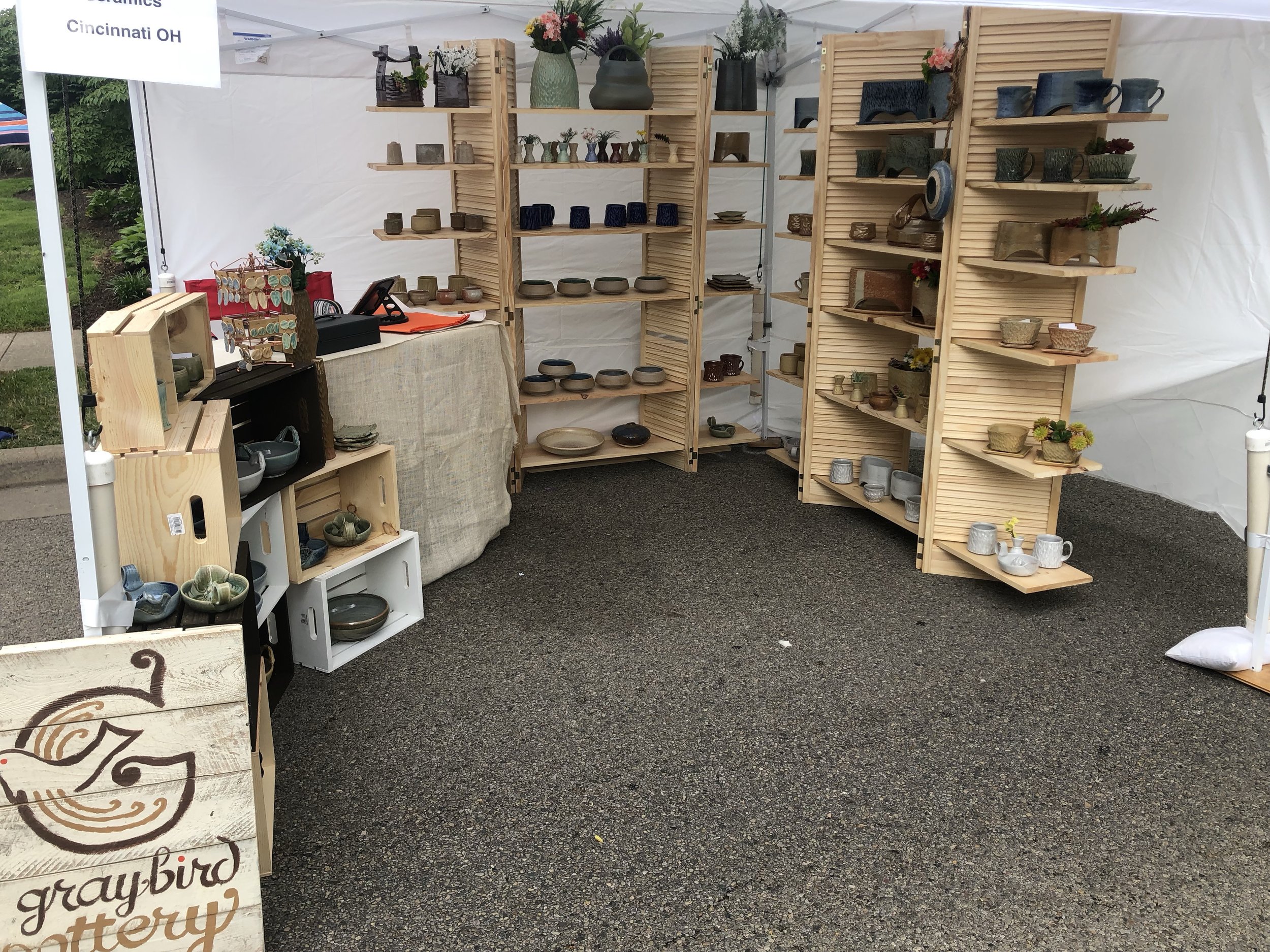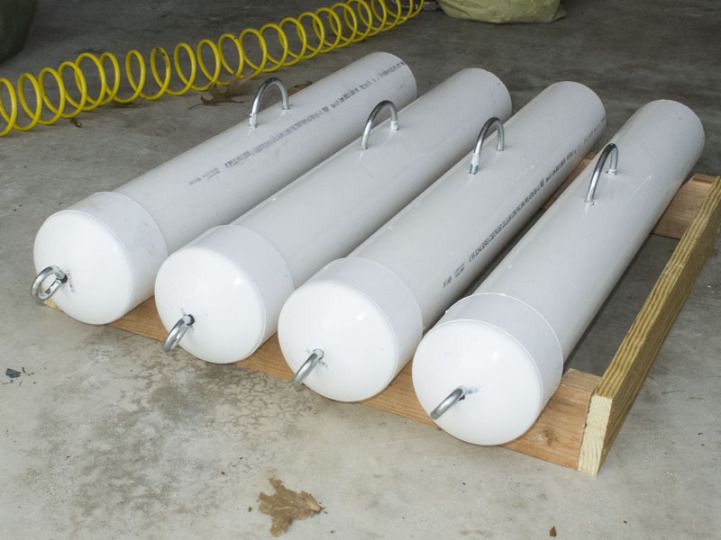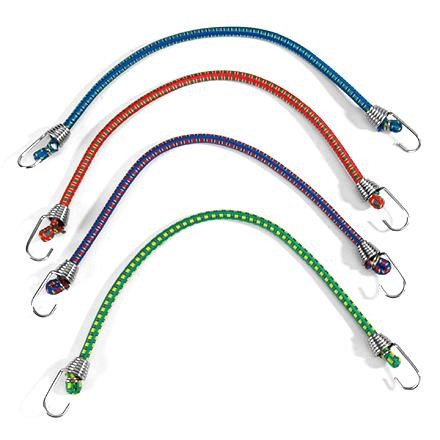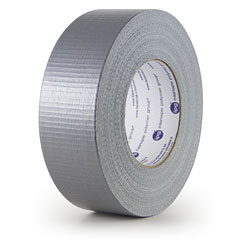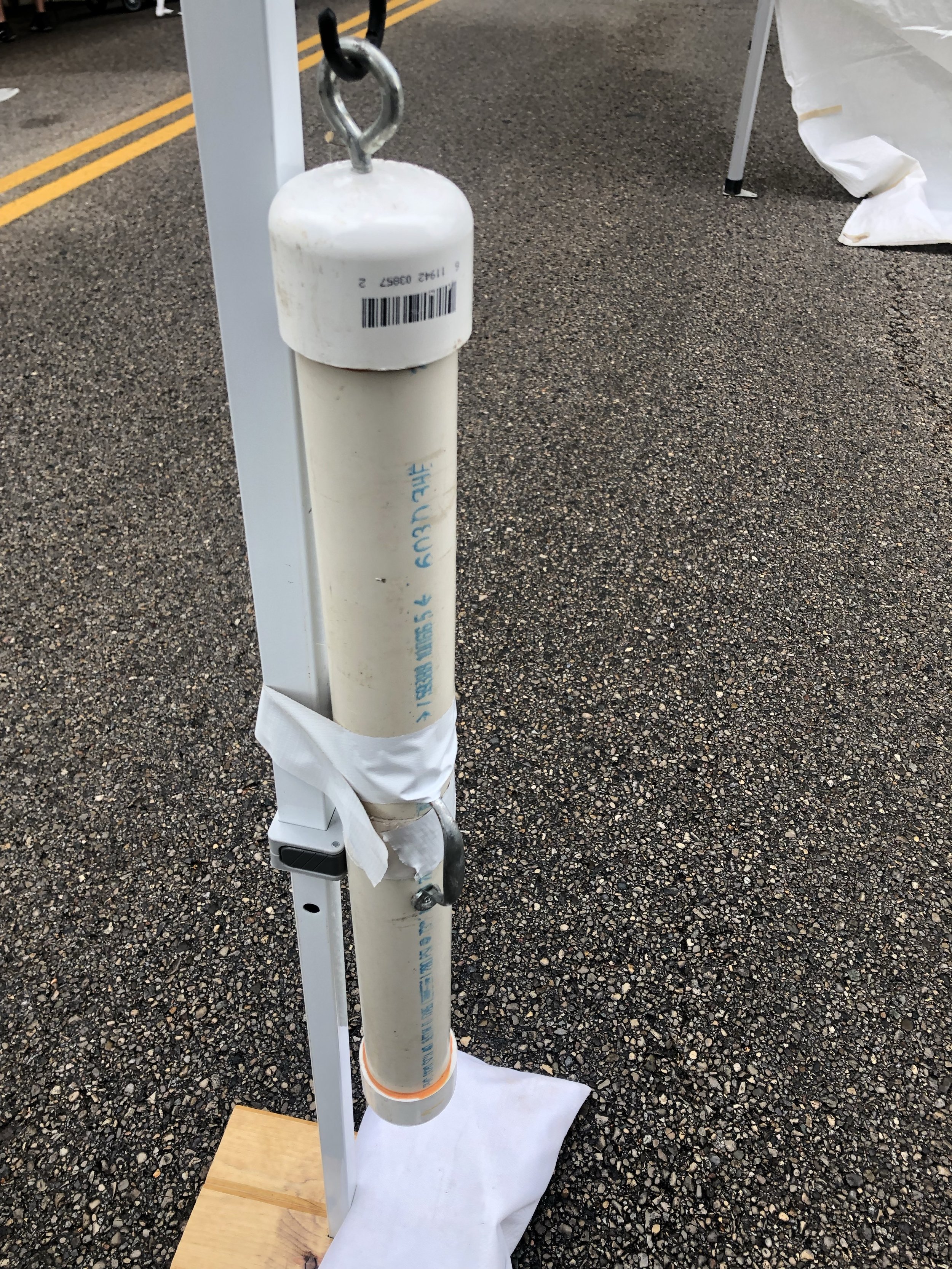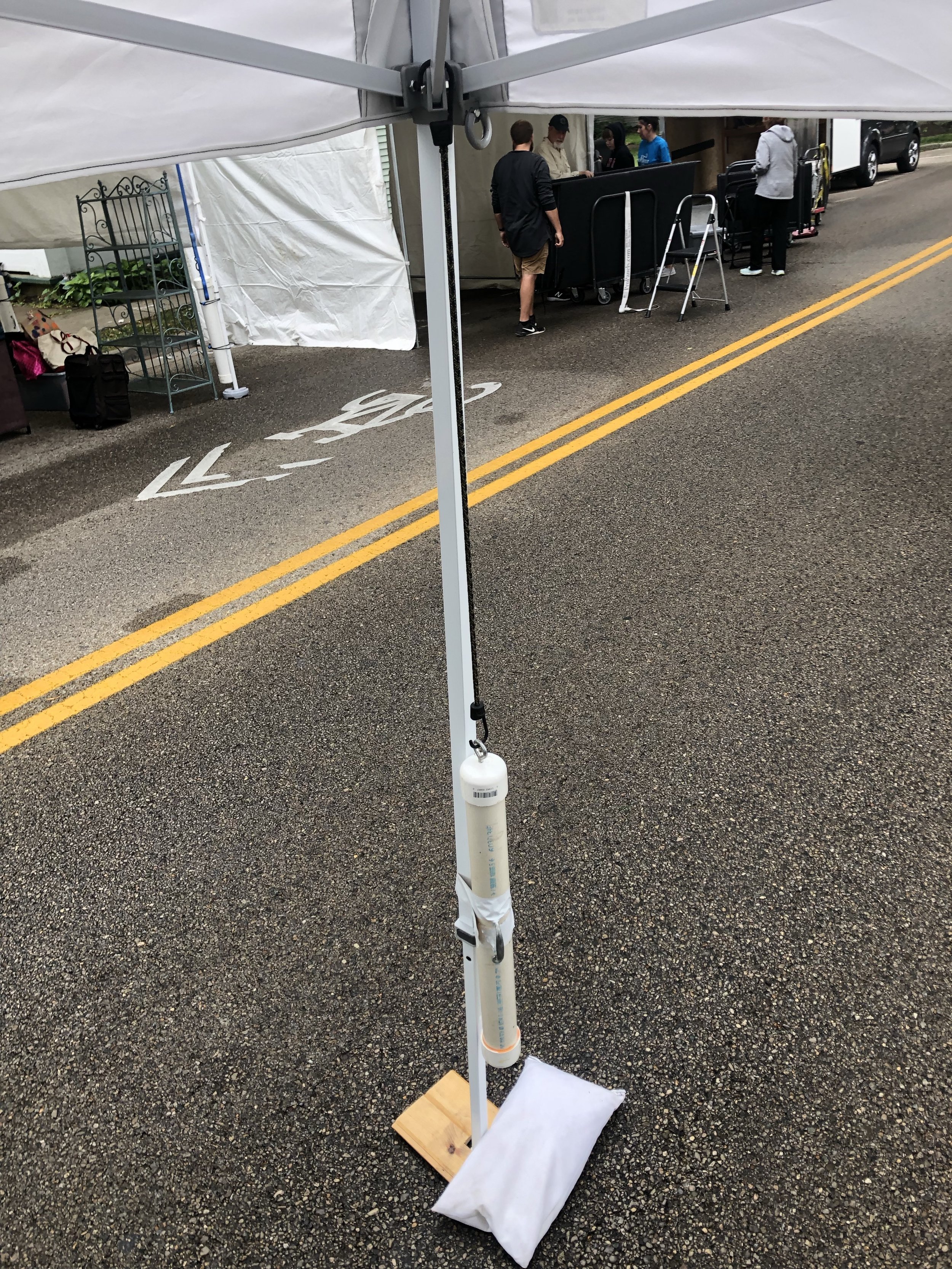About this Page
This page is for you amazing humans who have to decided to take the plunge into the starving artist club! Welcome!!!
The purpose of this page is to tell you what I’ve learned so far and to hopefully give you some good unsolicited advice (is there really such a thing?) for your first or next art show experience! I will discuss the do’s and don’t’s, what I bring to shows and the equipment I use.
What Do I Need?
Vendor’s License
Go to your respective state’s business website. If you’re from Ohio, it is Ohio Business Gateway
Type “Vendor’s License” into the search engine
This license has no expiration date or annual fee. It’s a one time payment which is a beautiful thing.
10’ x 10’ Tent
I suggest getting a white tent. Some shows are very strict and will not allow vendors to bring anything other than a white tent.
I have a heavy duty EZ UP. Easier on the wallet than most and good quality.
I suggest buying a tent that has sides that you can easily put on or take off. If you ever decide to participate in a show that is more than one day, the sides will help in various weather conditions (sun and rain).
Your BIGGEST enemy is WIND. The sides of the tent can act as a sail in the wind, so don’t use the sides in those weather conditions.
You can also put up the sides of your tent and to protect your work over night (shows that allow this usually have security patrolling the area overnight).
WEIGHTS— are *SO* important! Most shows require that you weight your tent down just incase the weather gets bad during the show. Even on a mildly windy day, your tent can act as a sail and before you know it your tent is flying across the event into the crowd. Superrrr embarrassing!! (No this has never happened to me, but I’ve had a few close calls and I frequently have nightmares about it the day before a show.)
I have several different things to make sure my tent and set up are secure. The first is 3” PVC pipes that I filled with cement and capped with a hook screw. It is possible to put too much weight on your tent so if you want to go this route, I wouldn’t go bigger than a 5” PVC pipe. You want it to be heavy enough to keep your tent down but not so heavy it breaks your tent.
Some shows require that you have a certain amount of weight for each leg of your tent.
BEFORE I filled them with cement I screwed in some handles so that I could transport them with ease.
I use bungie cords and duct tape to secure each weight to all four corners of the tent (the duct tape is to tape the weights to all four legs of your tent so they aren’t just swaying in the breeze—not safe).
Weights continued…
I also place 10 pound sandbags at the foot every leg of my tent.
Some people use kettle bells and rope, 5 Gallon buckets filled with sand and rope, etc. Just use the internet for how to’s and DIY’s :)
Register
Cash box
It really depends on how big of a show you are participating in—plan accordingly!! ($200 is usually a good baseline to start). Also make sure you know your state sales tax percentage!
Credit Card Reader
I use a Square Reader. I suggest paying the extra money for the bluetooth reader. The readers that connect to your phone drain your phone battery faster and they’re honestly a pain in the ass. You have to take your phone case off to use them.
If you’re anything like me and you constantly thinking of the worst possible thing that could happen at a show, this is for you: I bought two bluetooth square readers so that if one stopped working or was damaged on the way to the show (or wherever your imagination takes you), I have a back up reader.
DO NOT LEAVE your purse/cash box/personal items behind unattended, even for a moment. Art shows and festivals are a thief’s dream
Whatever POS (point of sales) system you choose to use, make sure you understand how to use it!! I have had neighboring artists come up to me in a panic because they accidentally charged a customer $300.00 instead of $30.00 and they didn’t know how to refund the money.
First of all, this makes you look like a jackass—using a system you don’t know how to use
Secondly, this customer is now probably worried about whether they’re going to get their money back.
Lastly, it’s a terrible feeling to have.
Retail Items & Items People Forget to Account For
Retail Items
I purchase my retail bags and many other things from Nashville Wraps. They have good prices and the bags are sturdy.
I also use ULINE for some products. You can find pretty much anything you can think of here.
Items People Don’t Think About
Newsprint/newspaper for bagging fragile work
Rubber Stamp for stamping retail bags
Okay, maybe you don’t need this, but if you’re serious about your business it’s a way to get your logo on the streets.
Stackable rubber bins
You can make a table with them in a time of need
Clear bins are nice because you can see what's inside of them or you can label your bins to stay organized (I don’t do this, I guess I like to do things the hard way and pretend I know what’s in each bin).
Pricing
Pricing can be difficult. There is a long list of things to consider when pricing your work, but here a just a few.
How long did it take to make?
How much did each item cost to make?
How much do you value your work? (sometimes confused with “how do other people value my work?” NO.)
Art Show Etiquette
Load-ins/Arriving to the venue
Some shows have rules about what time artists should check-in and some shows don’t. I prefer the shows with those rules, otherwise it turns to chaos. As soon as vendors/artists show up to the venue to set up, everything becomes a race. Who can unload their equipment and inventory out of their car fastest? Who will be the first one to get their tent up? It’s completely bonkers!
My Unsolicited Advice: Show up on time and take your time, you’re going to be here for several hours. This place isn’t going anywhere!
Load-outs/Getting the Ef out of There
Here’s the thing. I get it. You’ve been up since who knows when— it’s been a long day, and an even longer day if you didn’t sell jack. GUESS WHAT? So has every other vendor on the premises. Don’t be a jackass.
Some shows are very strict about what time artists/vendors are permitted to start packing up. In some cases, if you begin packing your work up too early, you will not be invited back to that show.
My Unsolicited Advice: Practice patience, take your time, and follow the show rules.
Garbage
Bring your own garbage bag/can. Don’t leave your garbage behind—it’s rude and you’re littering
Offer Help to the artists/vendors flying solo. It’s hard work being solo at a show.
What Shows Should I Apply for & How Do I Start the Search?
If you know other local artists who have done shows, reach out and ask what shows they apply to annually.
There are two websites I check regularly: Cafe Call for Listings and ZAPP (Zapplications). You can search for shows that are local and national.
Use the internet. Google local art/craft shows in your city. The more you go to shows, the more networking opportunities you’ll have with other local and non-local artists.
How to Respond to A**Hole Customers
If you’ve been to at least a few art shows, there’s a solid chance you’ve encountered several customers that fall under at least one or all of the following categories:
The Bargain Hunter
This customer will try to haggle persistently over the price of your work, desperate to break your spirit and sell your work for much less than it’s worth. What these kinds of customers don’t understand is how insulting it can be. YOU made the product you’re selling, YOU put your blood, sweat, tears and talent into making these items. You deserve the full cost of what your work is valued.
Unsolicited Advice: Make a joke out of it. If a potential customer asks if they can have something for free, you say “a smile is free”, or “I’ll give you a mug for free every time $30 mysteriously appears in my bank account”, etc.
The Know it All
This customer (with little to no experience in your craft) likes to discredit and devalue your efforts by telling you what you’re doing “wrong” or “what you should be doing”. They like to understate and undervalue the process of your work, and then hit you with the most insulting line on the planet, “Oh, well I could make that” or “Well, that seems easy enough”.
Unsolicited Advice: Just try to get them out of your booth as quickly as humanly possible. They will not buy anything if they think they can make it themselves or if they think they can make it better. A simple “Well, thanks for stopping by!” will do.
The Question Master
Don’t get me wrong, I don’t mind questions about my work or the process of my work. I mind questions like:
“You charge HOW MUCH for that??? Well, why would I pay $30 for your mug when I can go right down the street to target and get one for $10?”
Mean Response that I’d like to say: Well, this a one-of-a-kind handmade mug, the mugs at Target are one of millions and most likely made from a mold in China by some poor soul getting paid 7 cents an hour.
Actual Response: Well, this is a one-of-a-kind handmade mug that I made from start to finish, you won’t find anything like this anywhere else. The mugs you see at Target and Walmart are made from factories. These mugs were made by these two beautiful hands of mine (wave your hands at them).
“It must be nice not having a real job, huh? So what do you do all day?”
—First, take like 3 deep breaths. Then, respond with:
As anyone who has worked from home can attest, the reality is spending 50 percent of your time executing projects frantically before deadlines (art shows for us), and 25 percent of your time running errands to finish executing said projects, 10 percent of your time trying to keep up with your website/online sales/behind the scenes business-y stuff, 5 percent of your time trying to maintain a social life, and 10 percent of your time trying to figure out when you can sleep in the hopes that you will be able to make rent this month. Being snidely asked what you do all day on top of that is truly adding insult to injury.
“So what’s this supposed to be? What is it for?”
—My work is mostly functional so most of my work has a purpose, but if I don’t put flowers in a non-conventional vase to show what it is or what can be used for, a lot of people just don’t understand what it is. I do think that in general, people who are not familiar with art, are intimidated and scared by it. In my limited experience, if people don’t understand something, they usually fear it.
My response is usually: You can use it for whatever you want, really! But my intent behind this piece was (insert your intention).

